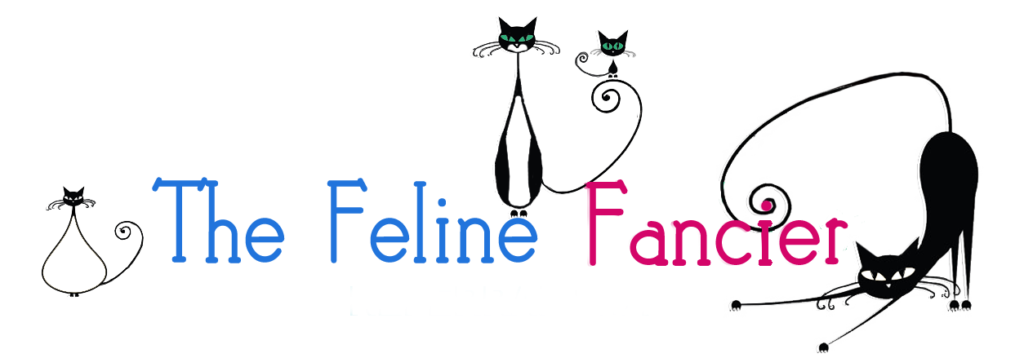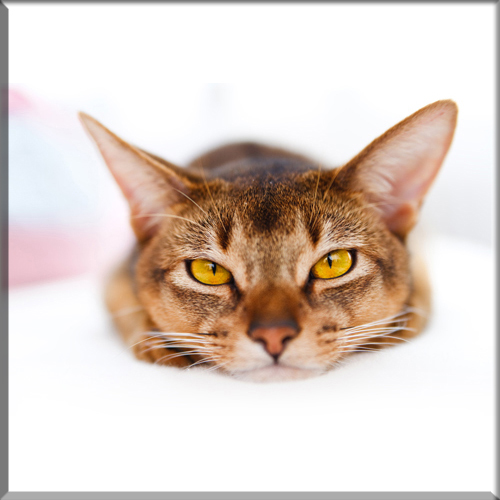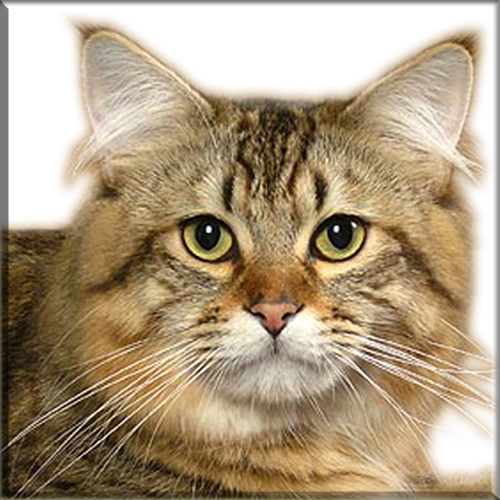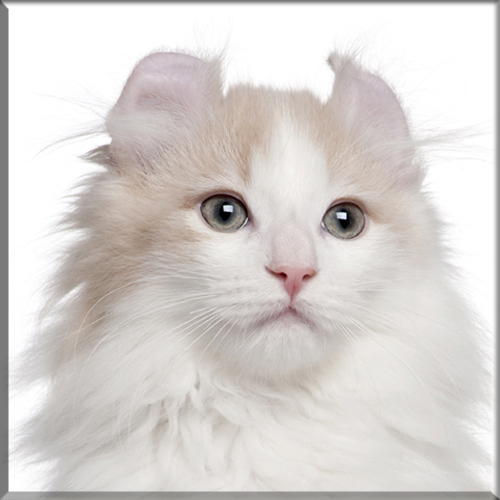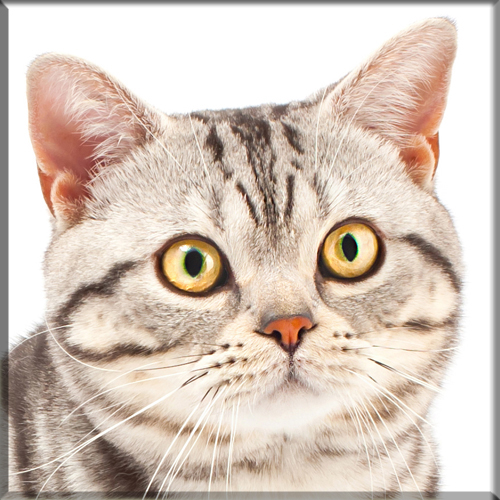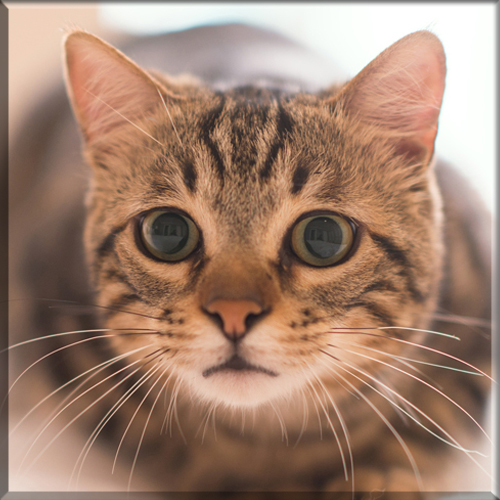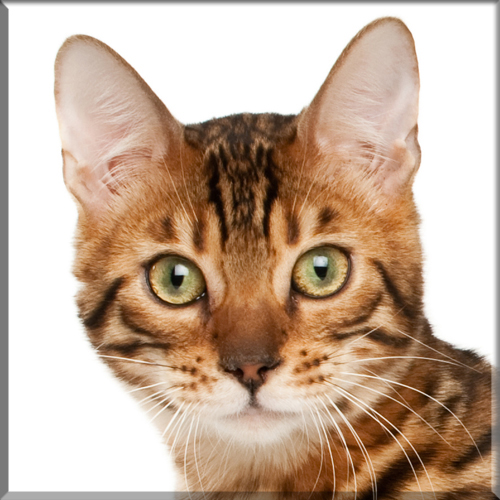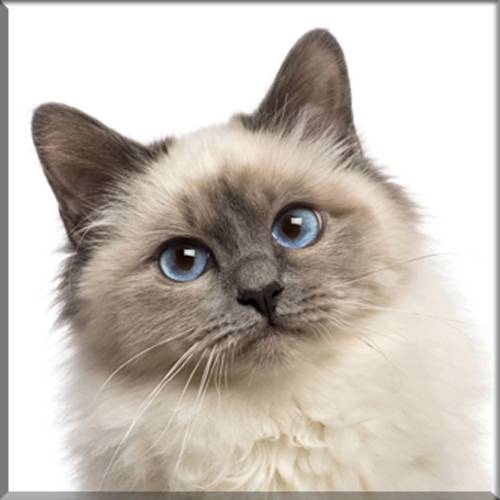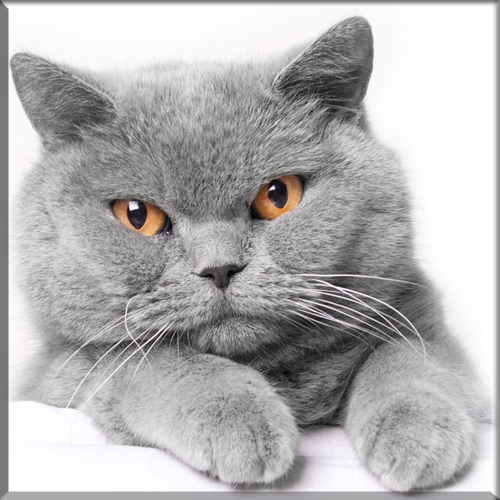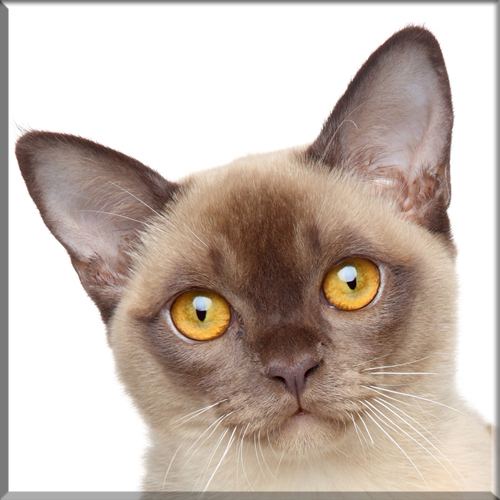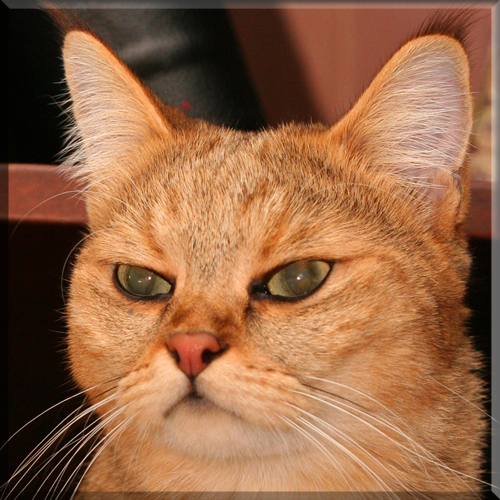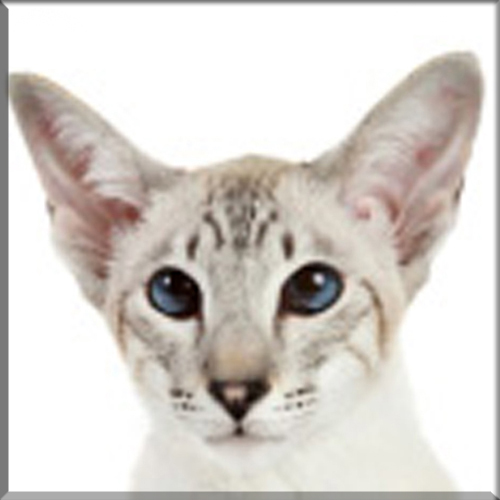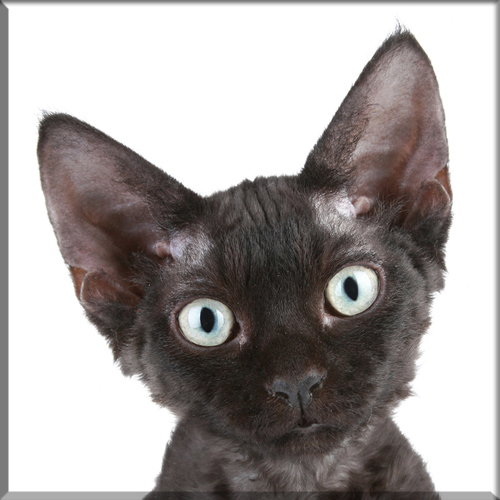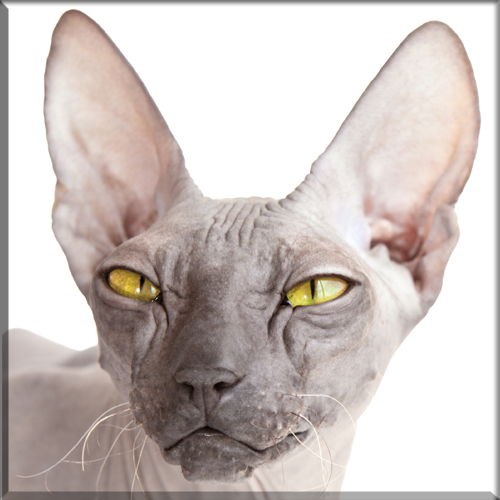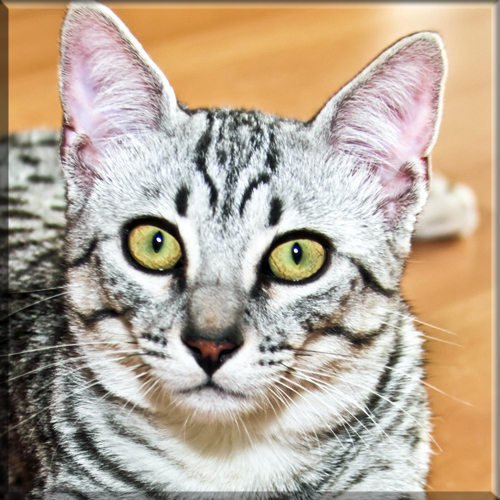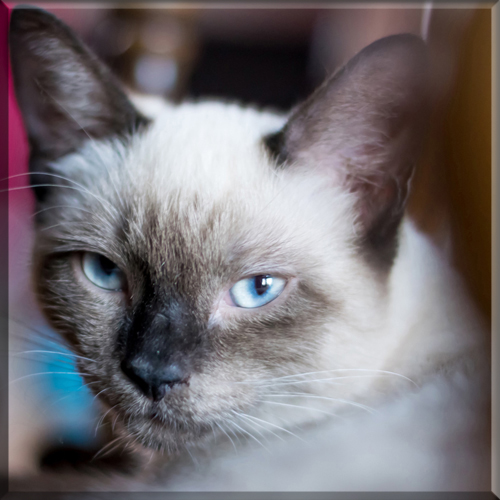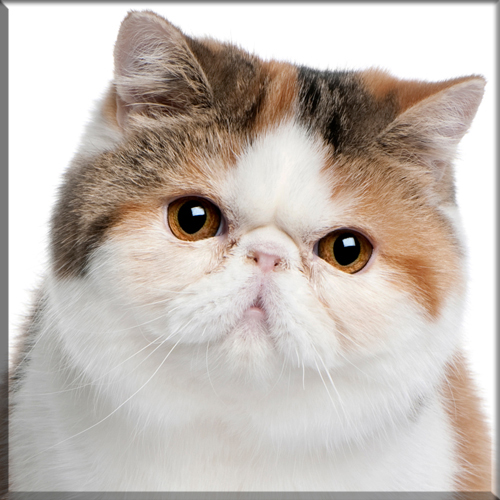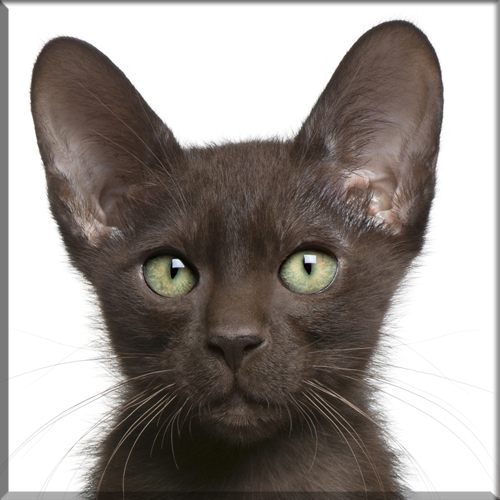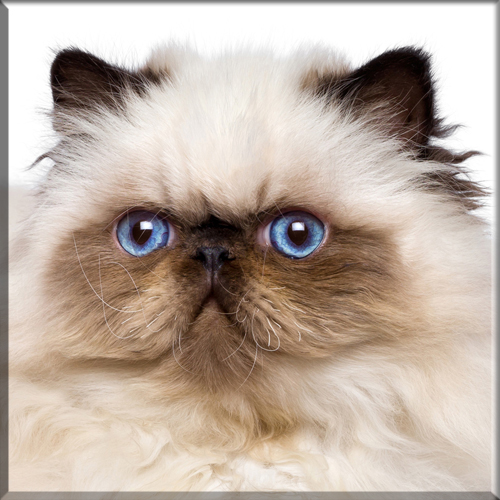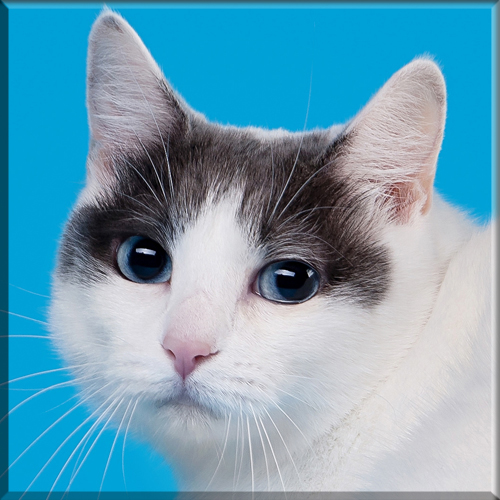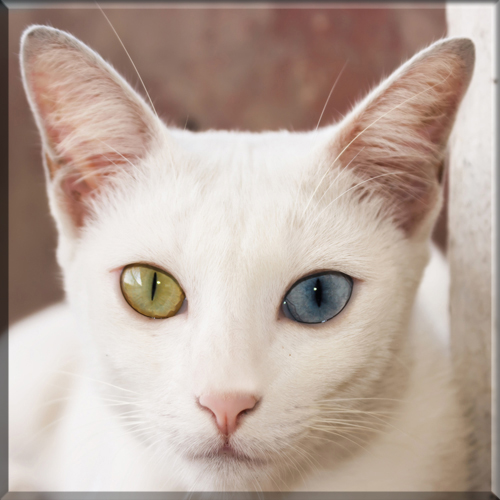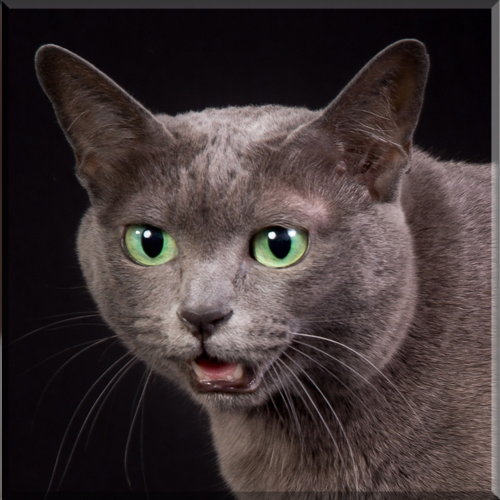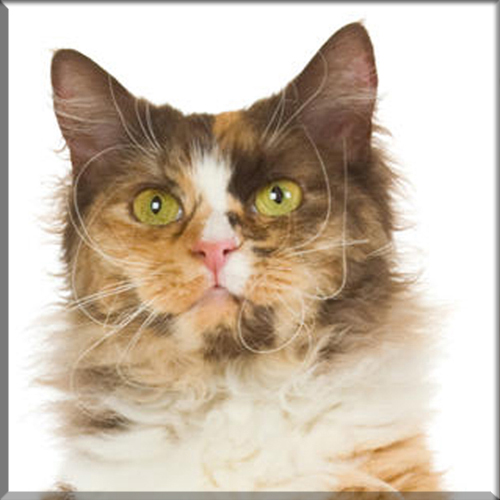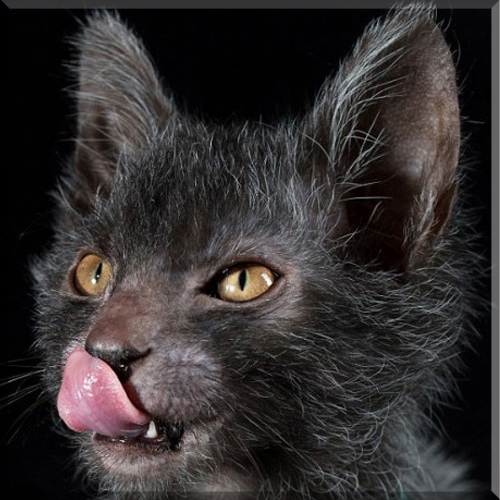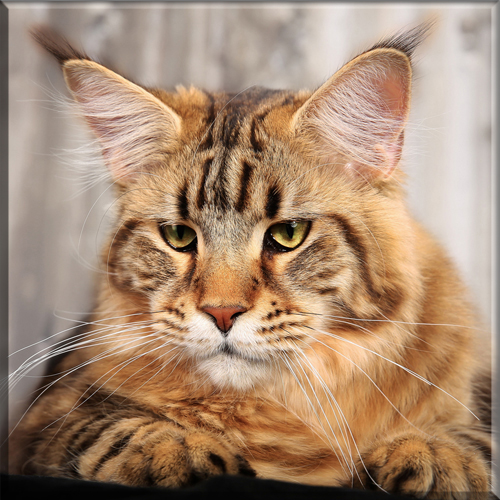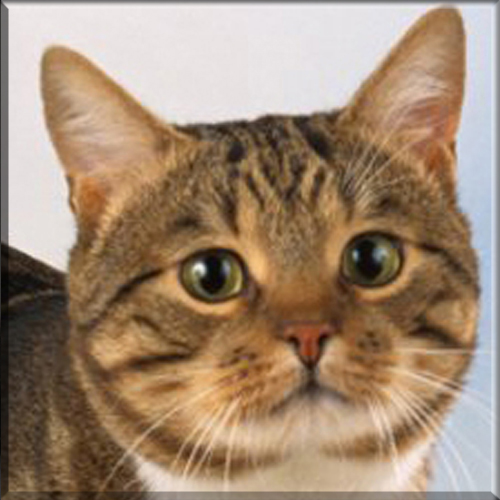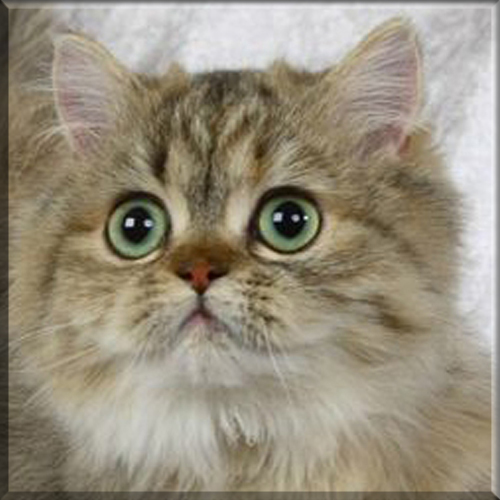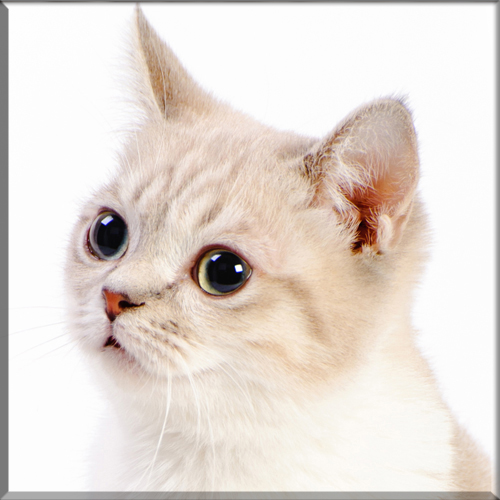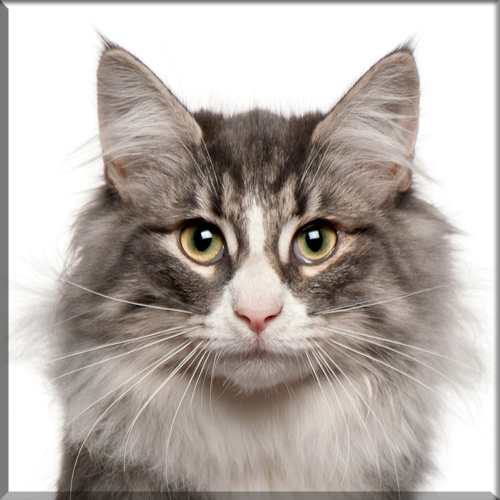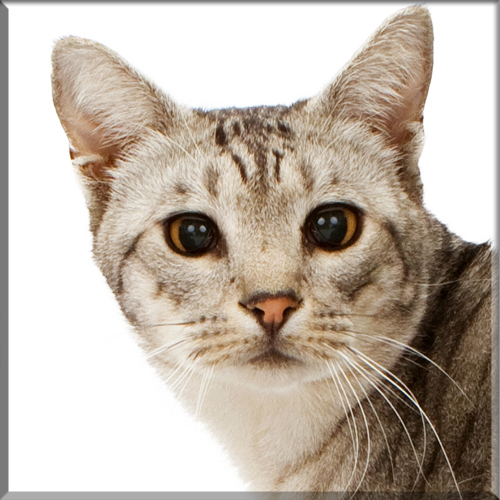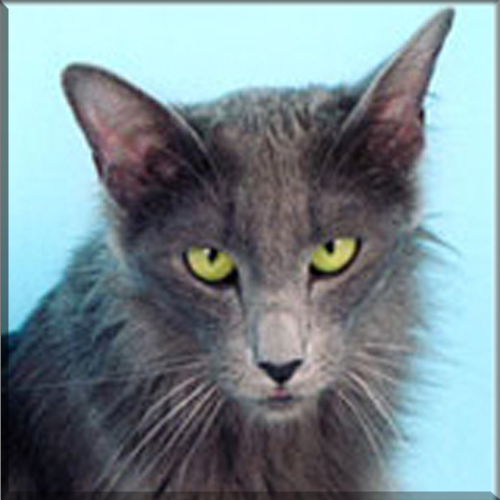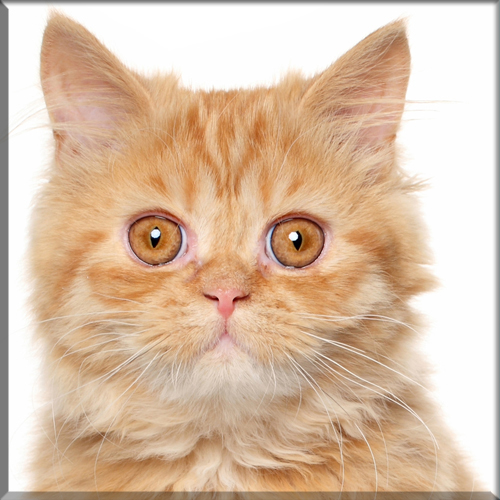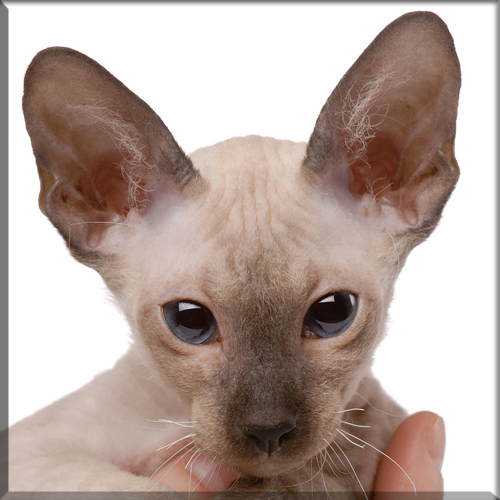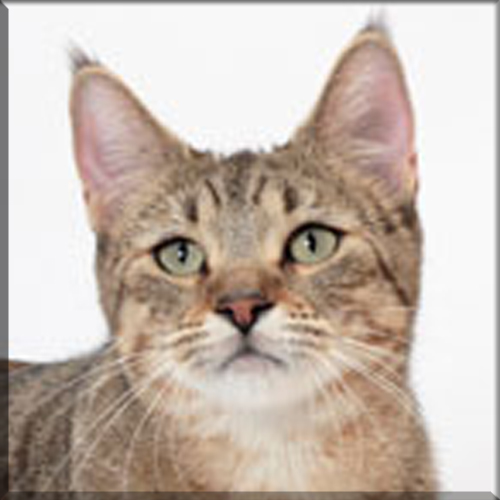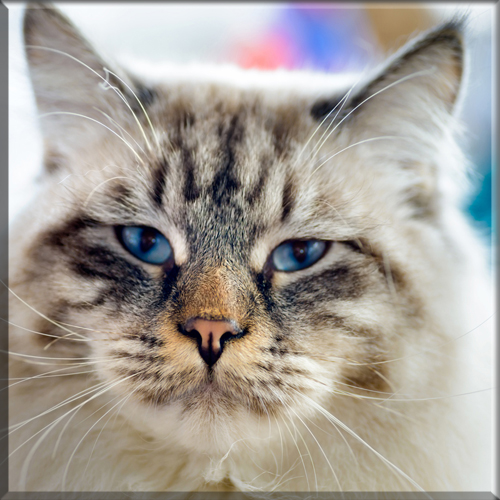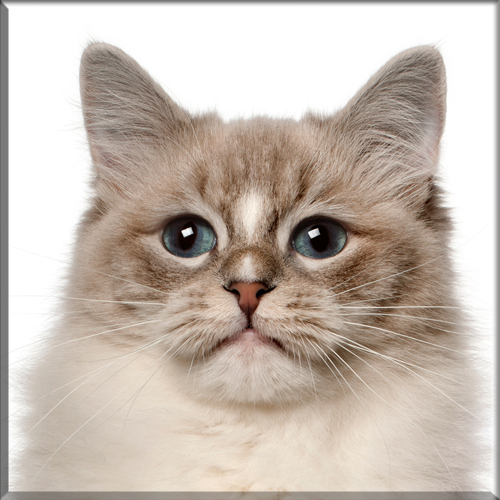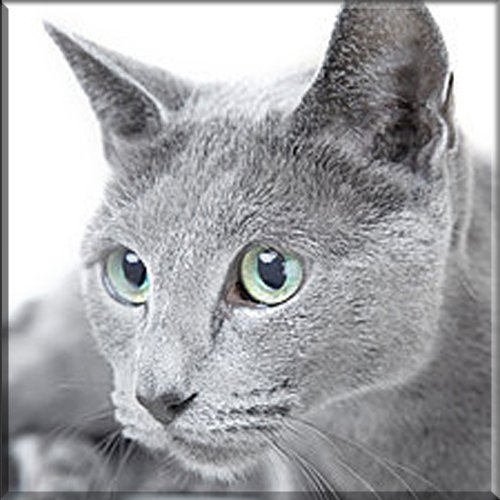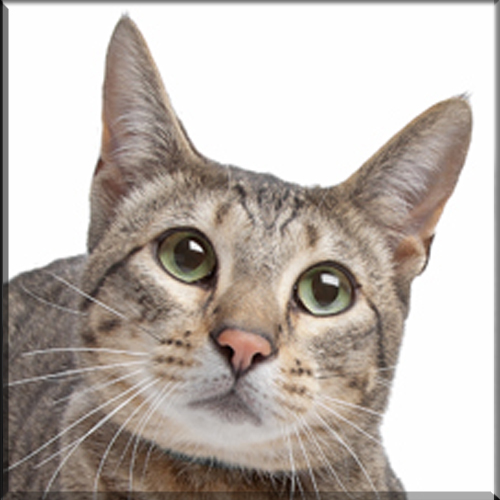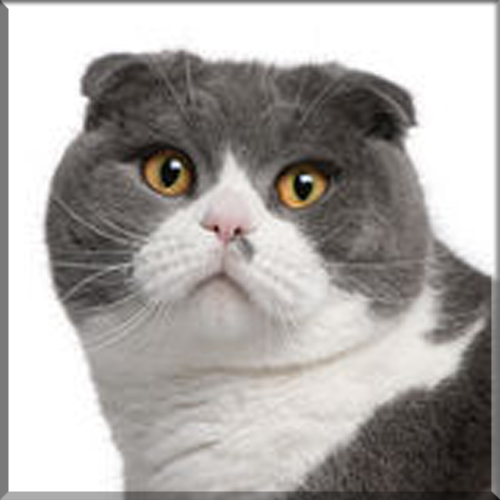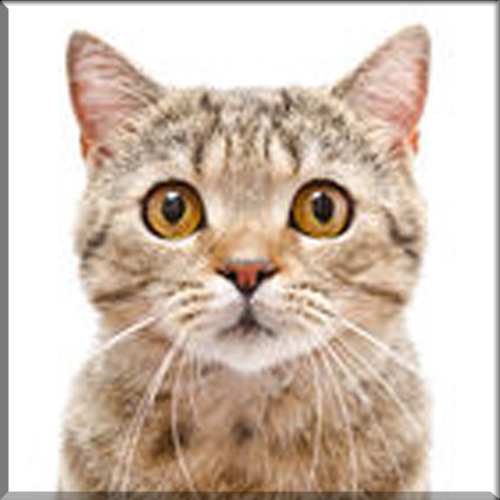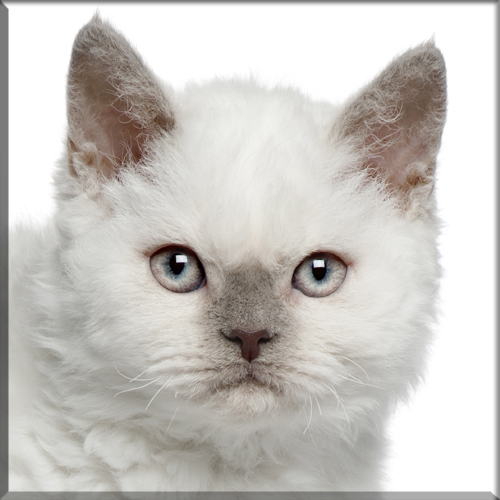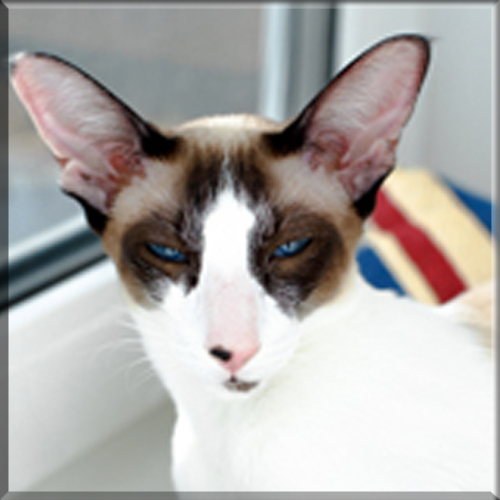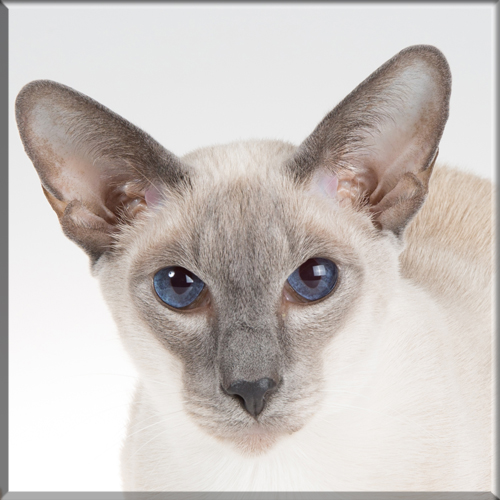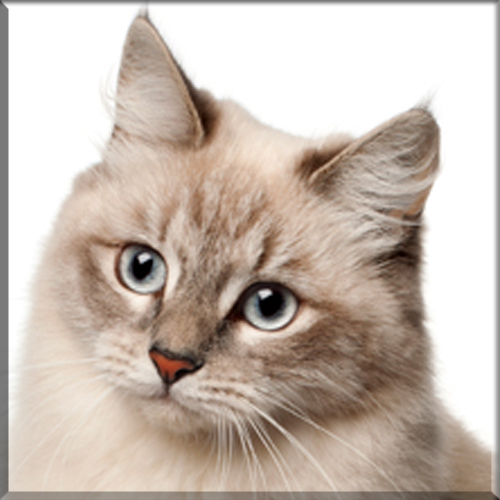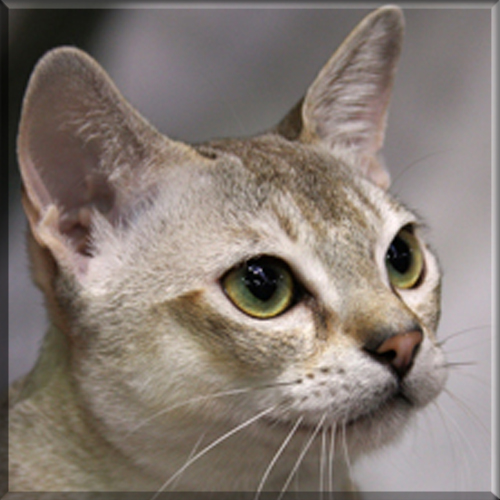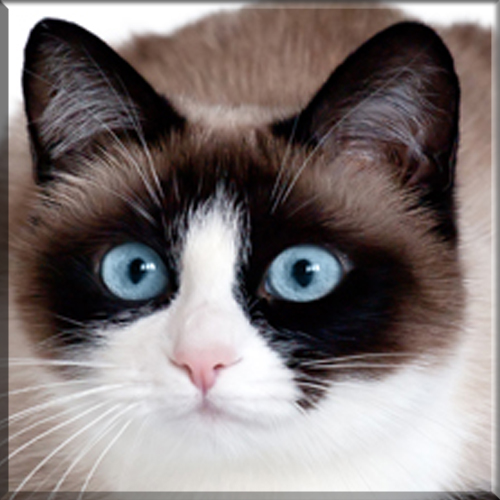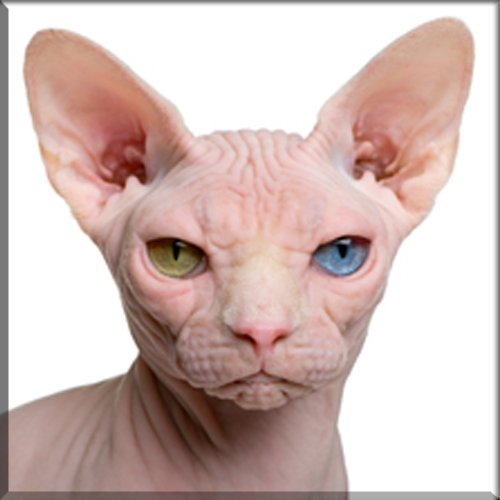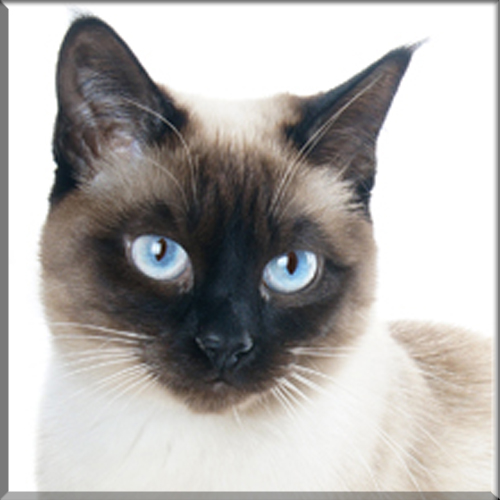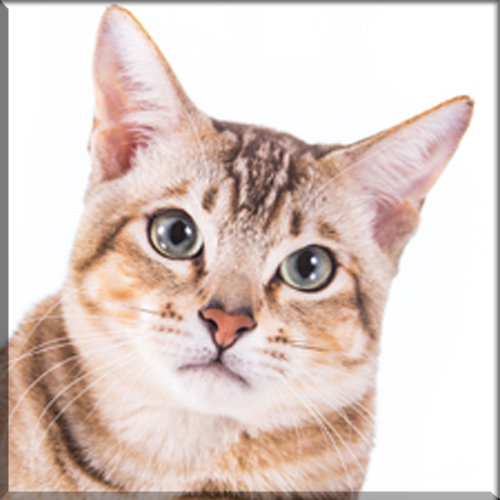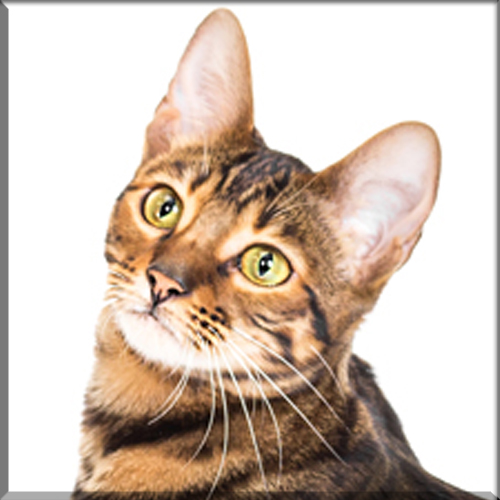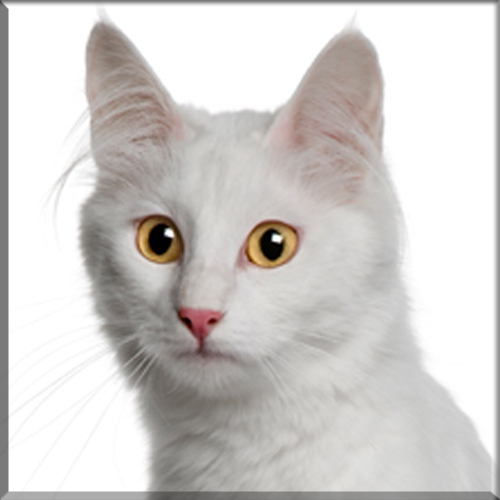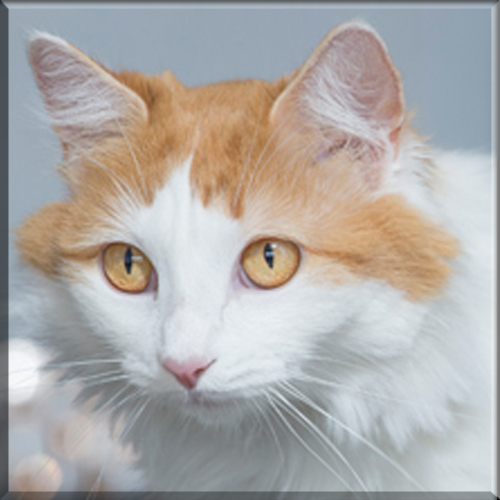Maine Coon
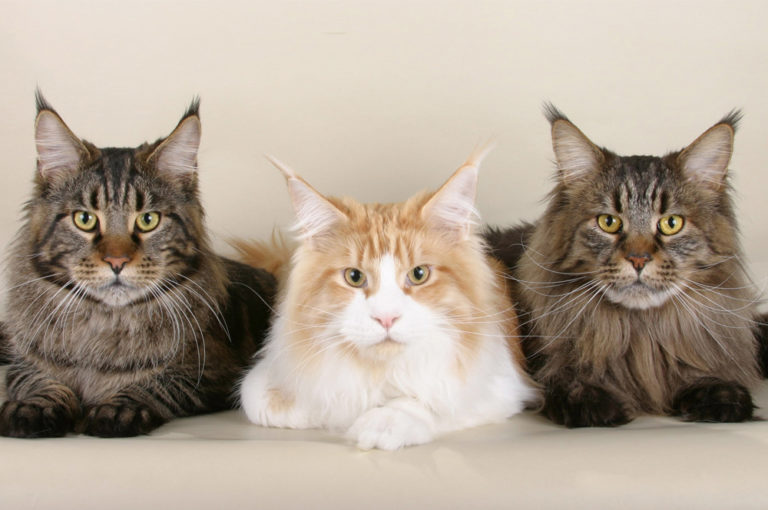
Appearance and features:
The Maine Coon is the largest breed of domestic cat. On average, males weigh from 13 to 18 lb (5.9 to 8.2 kg) with females weighing from 8 to 12 lb (3.6 to 5.4 kg). The height of adults can vary between 10 and 16 in (25 and 41 cm) and they can reach a length of up to 48 in (120 cm), including the tail, which can reach a length of 14 in (36 cm) and is long, tapering, and heavily furred, almost resembling a raccoon’s tail. The body is solid and muscular, which is necessary for supporting their own weight, and the chest is broad. Maine Coons possess a rectangular body shape and are slow to physically mature; their full potential size is normally not reached until they are three to five years old, while other cats take about one year.
In 2010, the Guinness World Records accepted a male purebred Maine Coon named “Stewie” as the “Longest Cat” measuring 48.5 in (123 cm) from the tip of his nose to the tip of his tail. Stewie died 4 February 2013, from cancer at his home in Reno, Nevada, at age 8. As of 2015 the living record-holder for “Longest Cat” is “Ludo”, measuring 3 ft 10.59 in (118.33 cm). He lives in Wakefield, UK. Large Maine Coons can overlap in length with Eurasian lynxes, although with a much lighter build and lower height.
The Maine Coon is a long or medium haired cat. The coat is soft and silky, although texture may vary with coat color. The length is shorter on the head and shoulders, and longer on the stomach and flanks with some cats having a lion-like ruff around their neck. Minimal grooming is required for the breed, compared to other long-haired breeds, as their coat is mostly self-maintaining owing to a light-density undercoat. The coat is subject to seasonal variation, with the fur being thicker in the winter and thinner during the summer.
Maine Coons can have any colors that other cats have. Colors indicating crossbreeding, such as chocolate, lavender, the Siamese pointed patterns or the “ticked” patterns, are not accepted by some breed standards (the ‘ticked’ pattern, for example, is accepted by TICA). The most common pattern seen in the breed is brown tabby. All eye colors are accepted under breed standards, with the exception of the occurrence of blue-colored in cats possessing coat colors other than white.
Maine Coons have several physical adaptations for survival in harsh winter climates. Their dense water-resistant fur is longer and shaggier on their underside and rear for extra protection when they are walking or sitting on top of wet surfaces of snow or ice. Their long and bushy raccoon-like tail is resistant to sinking in snow, and can be curled around their face and shoulders for warmth and protection from wind and blowing snow and it can even be curled around their backside like an insulated seat cushion when sitting down on a snow or ice surface. Large paws, and especially the extra-large paws of polydactyl Maine Coons, facilitate walking on snow and are often compared to snowshoes. Long tufts of fur growing between their toes help keep the toes warm and further aid walking on snow by giving the paws additional structure without significant extra weight. Heavily furred ears with extra long tufts of fur growing from inside help keep their ears warm.
Many of the original Maine Coon cats that inhabited the New England area possessed a trait known as polydactylism (having one or more extra toes on the feet). While some sources claim that trait is thought to have occurred in approximately 40% of the Maine Coon population in Maine at one time, little evidence has been given to substantiate this claim. Polydactylism is rarely, if ever, seen in Maine Coons in the show ring since it is unacceptable by competition standards. The gene for polydactylism is a simple autosomal dominant gene, which has shown to pose no threat to the cat’s health. The trait was almost eradicated from the breed due to the fact that it was an automatic disqualifier in show rings. Private organizations and breeders were created in order to keep polydactylism in Maine Coons from disappearing.
Size:
This is a very large cat. The average Maine Coon weigh 9 to 18 pounds–males are larger–though there are females that have reached the 18 pound size and males that have grown to the far side of 20+ pounds, and this is without being over weight. They don’t reach their full size until they are three to five years old.
Family:
The Maine Coon is the largest domesticated cat breed. It has a distinctive physical appearance and valuable hunting skills. It is one of the oldest natural breeds in North America, specifically native to the state of Maine, where it is the official state cat.
No records of the Maine Coon’s exact origins and date of introduction to the United States exist, so several competing hypotheses have been suggested. The breed was popular in cat shows in the late 19th century, but its existence became threatened when long-haired breeds from overseas were introduced in the early 20th century. The Maine Coon has since made a comeback and is now one of the more popular cat breeds in the USA.
Coloring:
Ruddy, which is a deep reddish-brown tone with black marks, sorrel, a lighter cooper base, cinnamon, Blue, beige and fawn. Lilac a chocolate is also a newer variant, but not recognized by CFA. Color variations continue to be developed, including Torbie. TICA does recognize the new colors.
Origin:
The ancestral origins of the Maine Coon are unknown — there are only speculation and folk tales. One such folk tale involves Marie Antoinette, the Queen of France, who was executed in 1793. The story goes that before her death, Antoinette attempted to escape France with the help of Captain Samuel Clough. She loaded Clough’s ship with her most prized possessions, including six of her favorite Turkish Angora cats. Although she did not make it to the United States, her pets safely reached the shores of Wiscasset, Maine, where they bred with other short-haired breeds and developed into the modern breed of the Maine Coon.
Another folk tale involves Captain Charles Coon, an English seafarer who kept long-haired cats aboard his ships. Whenever Coon’s ship would anchor in New England ports, the felines would exit the ship and mate with the local feral cat population. When long-haired kittens began appearing in the litters of the local cat population, they were referred to as one of “Coon’s cats”.
A myth which is trait-based, though genetically impossible, is the idea that the modern Maine Coon descended from ancestors of semi-feral domestic cats and raccoons. This myth is likely based on the common color of the breed (brown tabby) and its bushy tail. Another idea is that the Maine Coon originated from the matings of domestic cats and wild bobcats, which could explain the tufts of hair that are so commonly seen on the tips of the ears.
The generally accepted hypothesis among breeders is that the Maine Coon is descended from the pairings of local short-haired domestic cats and long-haired breeds brought overseas by English seafarers (possibly by Captain Charles Coon) or 11th-century Norsemen. The connection to the Norsemen is seen in the strong resemblance of the Maine Coon to the Norwegian Forest Cat, another breed that is said to be a descendant of cats that traveled with the Norsemen.
Temperament:
Health concerns:
Maine Coons are generally a healthy and hardy breed. The most severe threat is feline hypertrophic cardiomyopathy (HCM), the most common heart disease seen in cats, whether pure bred or not. In Maine Coons, it is thought to be inherited as an autosomal dominant trait. Middle-aged to older cats as well as males are thought to be predisposed to the disease. HCM is a progressive disease and can result in heart failure, paralysis of the hind legs due to clot embolization originating in the heart, and sudden death. A specific mutation that causes HCM is seen in Maine Coons for which testing services are offered
Another potential health problem is spinal muscular atrophy (SMA), another genetically inherited disease which causes the loss of the spinal-cord neurons which activate the skeletal muscles of the trunk and limbs. Symptoms are normally seen within 3–4 months of age and result in muscle atrophy, muscle weakness, and a shortened life span. A test is offered to detect the genes responsible for SMA.
Hip dysplasia is an abnormality of the hip joint which can cause crippling lameness and arthritis. The cats most commonly affected with hip dysplasia tend to be males of the larger, big-boned breeds such as Persians and Maine Coons.
Polycystic kidney disease (PKD) is a slowly progressive disease affecting Persian and Persian-related breeds, in which fluid-filled cysts expand within the kidneys, destroying functional tissue.
Breed Characteristics
Here is a helpful guide for the different characteristics of the breed. On a Scale of 1-5. 1 being very low level to 5 being high level.
Hypoallergenic: No
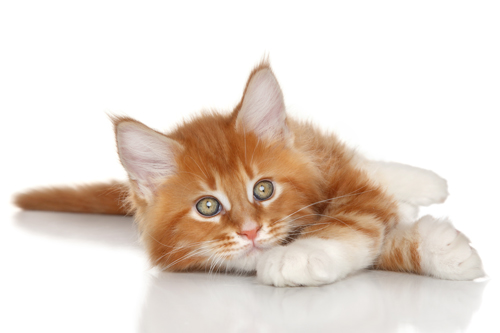
Breeders With Currently Available Kittens
All The Cat Breeds
- Abyssinian
- American Bobtail
- American Curl
- American Shorthair
- American Wirehair
- Balinese
- Bengal
- Birman
- Bombay
- British Shorthair
- Burmese
- Burmillia
- Charteux
- Chausie
- Colorpoint Shorthair
- Cornish Rex
- Devon Rex
- Donskoy
- Egyption Mau
- European Burmese
- Exotic
- Havana Brown
- Highlander
- Himalayan
- Japanese Bobtail
- Khao Manee
- Korat
- LaPerm
- Lykoi
- Maine Coon
- Manx
- Minuet / Napolean
- Munchkin
- Norwegian Forest Cat
- Ocicat
- Oriental Longhair
- Oriental Shorthair
- Persian
- Peterbald
- Pixie Bob
- Ragamuffin
- Ragdoll
- Russian Blue
- Savannah
- Scottish Fold
- Scottish Straight
- Selkirk Rex
- Seychellois
- Siamese
- Siberian
- Singapora
- Snowshoe
- Somali
- Sphynx
- Thai
- Tonkinese
- Toyger
- Turkish Angora
- Turkish Van
